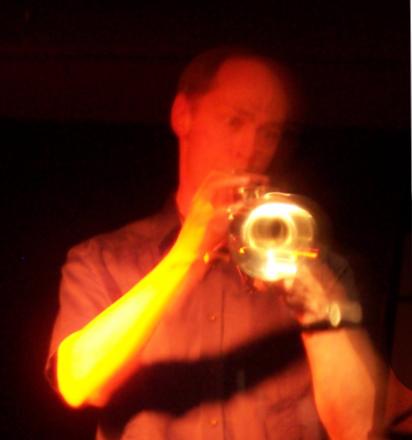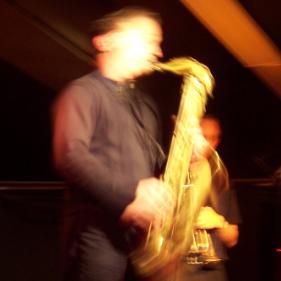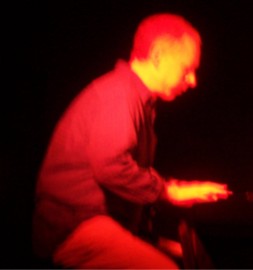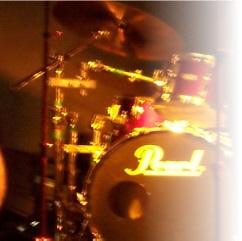




 |
|
Mole Valley Music |
    |
Home | Teachers | Youth Music | Adult Music | Festivals | Grades | Buy, hire, repairs | Theory | Aural | Brass | Downloads | Philip Bishop - Brass Lessons | Double Bass | Acoustic Resonance | |
| Mole Valley Music - brass lessons: trumpet, cornet, etc. | |
Acoustic Resonance - jazz band playing jazz, latin,
blues,
cocktail music, dancing for parties, weddings & functions in
Surrey, Sussex, Hampshire, London |
|
MoleValleyMusic.co.uk |
Theory OrnamentsThe following illustrates the main musical ornaments and gives examples of how they might be played. The exact interpretation of a given ornament (how it is played) is usually left to the discretion of the performer. The amount of embellishment is also very much at the discretion of the performer and often players with add ornaments (particularly to baroque music) even if it is not marked, provided it fits with the style of the piece. Pupils are expected to be able to recognise the ornaments and name them for grade 4 and grade 5 ABRSM.
Trill (also called a shake)
Mordent (also called the upper mordent, inverted mordent, or pralltriller)
Lower Mordent (also
called
mordent)
Turn (also called grouppetto)
Inverted Turn
Appoggiatura (also called a grace note)
Double Appoggiatura
Acciaccatura (also called a short appoggiatura or a grace note)
Portamento (played as a smooth slide between two notes)
Glissando (played as a smooth or stepped slide between two notes)
The links below provide terms, including Italian French and German, all needed to pass grade 5 theory. Theory Pages Philip Bishop - theory lessons: 01372 454962 / 07950 235329 |
||||||||||||||||||||||||
|
Copyright © 2006 Philip Bishop. All rights reserved.